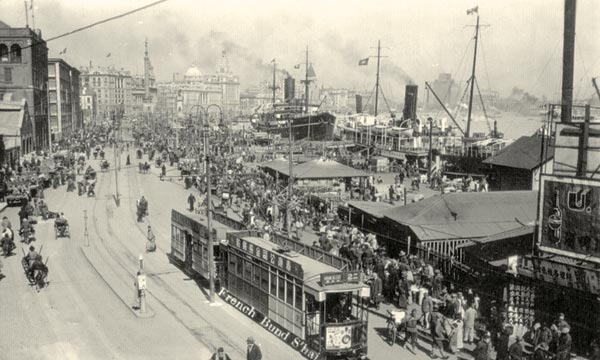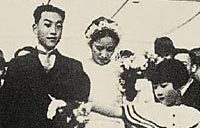Dreaming of a lost city
 |
|
Memory lane: There is a lot of romance associated with Old Shanghai, but was it really such a paradise, or are the memories tinged with nostalgia. Photo provided to Shanghai Star |
 |
| Pictures from a colorful golden age |
 |
| Memories of another era |
On a Monday night, at a swing dance class at a five-star hotel in downtown Shanghai, a woman in her early 30s bewails the lack of available men in the city.
"These classes make me nostalgic for 1930s Shanghai, when men were real gentlemen," she says.
Shanghainese often talk in dreamy tones about that infamous pre-war period, but few were alive to actually experience it.
In contrast, tales of immigrant forefathers from neighboring provinces, or discussion about the city's humble origins as a fishing village and later market town are less common.
Because of the convergence of various geopolitical events and its being sandwiched between two world wars, this period continues to captivate historians and enthrall artists.
Fiction writer Nicole Mones set her latest book, Night in Shanghai, during this inter-war period. It has an African-American jazz pianist as the main protagonist.
"In the 1970s and early '80s, Shanghai was quiet, cautious, a ghost of a once-great city - and yet physically, little was changed from its glittering heyday," says Mones.
"Now it's come full circle to be a great city again, but in a new way — complex, vibrant, fun, future-striving, and yet, for all its size, surprisingly approachable."
There is no doubt that, in the 1930s, Shanghai was not only one of the largest cities in the world, with a population of 3 million, but also one of the most influential in Asia.
In the early part of the decade, People's Square was occupied by a racing track, Nanjing Road ranked as the most prosperous business hub in the Far East, and the Ward Road Gaol – at the time the world's largest prison – was dubbed the Alcatraz of the Orient.
















